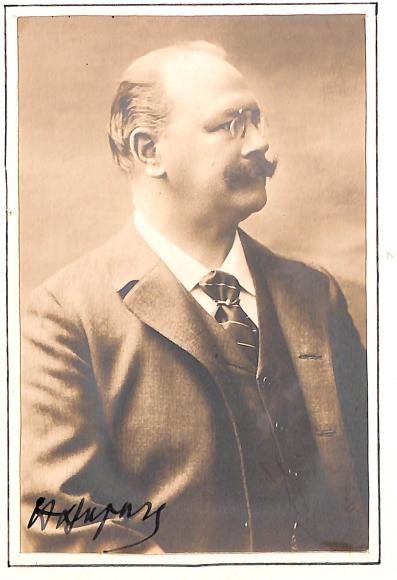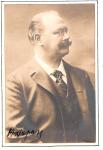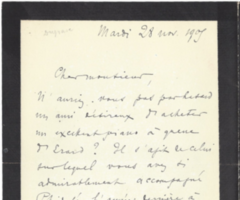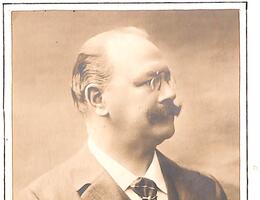
Henri DUPARC
1848 - 1933
Composer
Duparc was an exceptional figure in the history of music. He studied under Franck at the Jesuit College and was taught exclusively by him, never entering the Paris Conservatoire. Although he helped to found the Société Nationale de Musique (1871), he did not hold any official post. Duparc was influenced not only by Franck, but also by Liszt and particularly by Wagner, whom he probably discovered at the Concerts Pasdeloup. He then attended the first performances of Das Rheingold and Die Walküre in Munich, and visited Bayreuth in 1883 and 1886. Although he composed a Sonata for Cello and Piano, several piano pieces, a motet for three voices and organ, and the symphonic poem Lénore(1875), he owes his fame to his seventeen mélodies. His best-known songs are Chanson triste, Soupir, Extase, Élégie, Phidylé and, particularly, the two settings of Baudelaire’s poems: L’Invitation au voyage and La Vie antérieure which, in 1884, was the last work he actually completed. After this date, the composer orchestrated a handful of songs and transcribed several organ works by Bach and Franck for two pianos. Music continued to be an all-consuming passion, however. Between 1879 and 1912, Duparc worked on his opera Roussalka without finishing it, and destroyed everything that he composed. Developing hyperaesthesia, he was struck down by blindness and paralysis. His continual self-denigration may have been caused in part by the tension between his French identity and his fascination with Wagner. Despite that, Duparc developed a vocal style, a mode of piano writing and a harmonic language whose richness, subtlety and originality remain unparalleled.
Focus
Scientific publications
Publication



